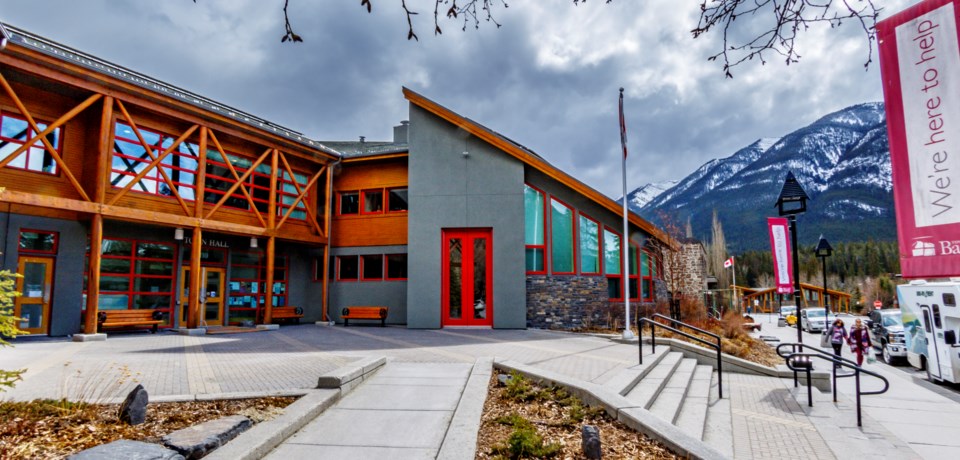BANFF – The Town of Banff is voicing concerns over the province of Alberta’s decision to move away from relying on municipal census counts for provincial funding purposes.
Council has deferred the 2022 municipal census until 2023 because the Town of Banff’s contracted software provider will not be doing any census services this year due to an overhaul of its system.
However, council has raised concerns on the new methodology being used by the Alberta government to determine population counts instead of using municipal census figures, which were traditionally used by the province to calculate per capita grant amounts.
Councillor Chip Olver said the makeup of Banff’s population, which includes a transient workforce to support the tourist town, is different from other communities – and that’s one of the reasons why Banff historically chose to do a municipal census.
“I am concerned about the new method and so I think continuing a municipal census might be to our advantage… I strongly support us continuing to do a census, but I totally understand us not doing it this year,” she said.
“If there’s big deviations between what we get in our numbers and what they get from their population estimates, it will strengthen our case if we need to say ‘the method you’ve chosen to use doesn’t work for us’.”
Municipal census figures were traditionally used by the Alberta government to calculate per capita grant amounts, however, that approach has changed to provincially developed population estimates by the Office of Statistics and Information at Alberta Treasury Board and Finance.
The federal census will provide the baseline for estimating annual populations in the future; however, the census conducted by the federal government does not account for the shadow population of seasonal workers or the visitor-adjusted population in the Town of Banff.
The Town of Banff has long recommended factoring in shadow populations and visitor-adjusted populations when calculating per capita government grants to Banff because municipal services and programs serve these larger populations.
The new provincial population estimates also use a list of data points, such as births and deaths, Alberta Health Card registration and inter-provincial migration.
Coun. Olver voiced concern about some of the data points for Banff’s unique situation, noting some will be less relevant than others.
She worried that births may not be recorded because there is no labour and delivery at Mineral Springs Hospital and feared data on Alberta Health Cards would be inaccurate based on the transient population.
“So many of our people come from within Canada, so they’re not going to get an Alberta Health Card for the time that they’re here,” said Coun. Olver.
Although Banff Mineral Springs Hospital no longer provides labour and delivery, Town Manager Kelly Gibson said babies born to residents are still attributed to the Banff statistics.
“Even though there’s not physical baby delivery within the town of Banff, there still is recorded births for the town of Banff,” he said.
Gibson and Darren Enns, the director of the planning and development department for the Town of Banff, have had several meetings with the province.
“We continue to talk with them about those things,” said Gibson.
“I would note, while a census would help our argument, the province has been very clear that they won’t accept a municipal census as far as grant funding at this point in time.”
Municipal censuses are typically conducted the year after a federal census to help validate or refine results. The last federal census was in 2021 and top-level results released in February reported a population of 8,305 for the Town of Banff.
Per capita grant funding delivered by Municipal Affairs continued to be based on the 2019 Municipal Affairs Population List until 2021 federal census results were available. The updated federal census will provide a new baseline for estimating annual populations in the future.
According to the Alberta government, the move away from the use of municipal census counts to provincially developed population estimates, announced in 2020, will result in “more consistent and timely information on Alberta’s population.”
“The ability for municipalities to conduct a census will remain in the Municipal Government Act; however, the province will no longer utilize municipal census counts for provincial funding purposes,” according to the province’s website.




